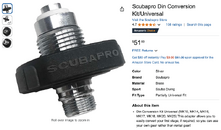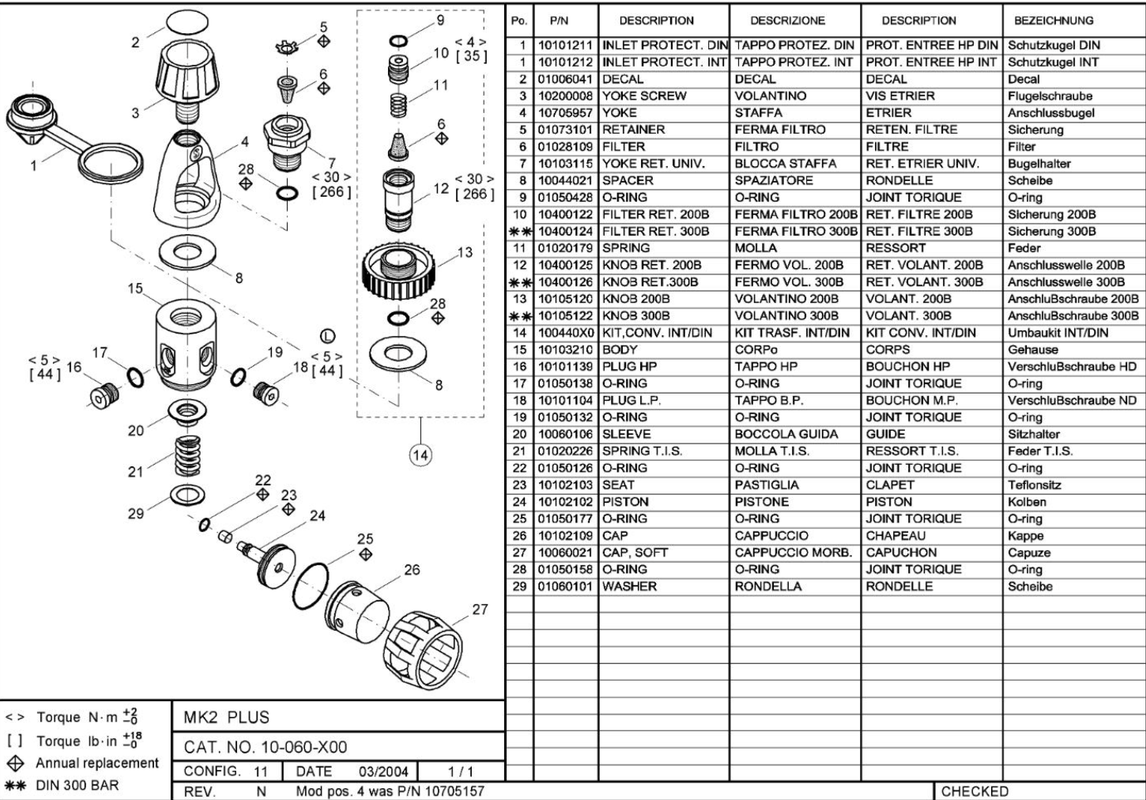Interesting. I was watching this video and it explains that adapting a DIN reg to a Yoke tank is much easier than the reverse situation.One last post and off I go. It is cheaper to buy Int and then buy the DIN kit. It takes me about 5 minutes to swap between the two. I never see a reverse kit available to go from DIN to Int. But I can get the DIN conversion kit cheap on Amazon. Those Int converters basically suck IMO. The "dust" cap that Scubapro currently provides is the same piece for DIN and yoke, it is universal.
Scuba.com has DIN and YOKE for the same price. As for adapters, the DGX conversion kit is $25 and a rubber dust cap $2. It's just a piece of metal and some rubber, so I don't really see the point in getting an adapter from the OEM at a 150% markup when the specs say it's the exact same material.





